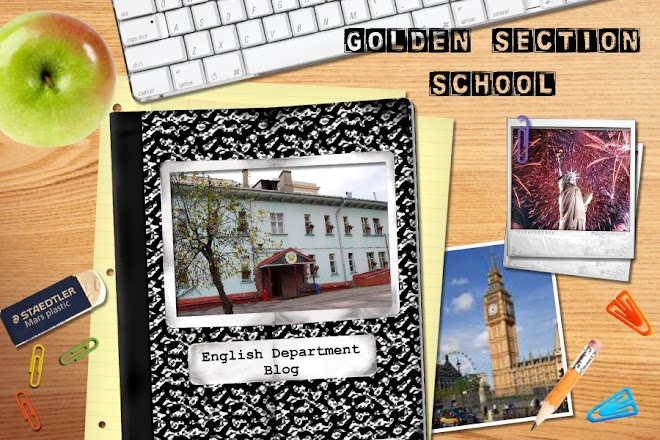
General guidelines to improve memory
In addition to exercising your brain, there are some basic things you can do to improve your ability to retain and retrieve memories:
1. Pay attention. You can’t remember something if you never learned it, and you can’t learn something — that is, encode it into your brain — if you don’t pay enough attention to it. It takes about eight seconds of intent focus to process a piece of information through your hippocampus and into the appropriate memory center. So, no multitasking when you need to concentrate! If you distract easily, try to receive information in a quiet place where you won’t be interrupted.
2. Tailor information acquisition to your learning style. Most people are visual learners; they learn best by reading or otherwise seeing what it is they have to know. But some are auditory learners who learn better by listening. They might benefit by recording information they need and listening to it until they remember it.
3. Involve as many senses as possible. Even if you’re a visual learner, read out loud what you want to remember. If you can recite it rhythmically, even better. Try to relate information to colors, textures, smells and tastes. The physical act of rewriting information can help imprint it onto your brain.
4. Relate information to what you already know. Connect new data to information you already remember, whether it’s new material that builds on previous knowledge, or something as simple as an address of someone who lives on a street where you already know someone.
5. Organize information. Write things down in address books and datebooks and on calendars; take notes on more complex material and reorganize the notes into categories later. Use both words and pictures in learning information.
6. Understand and be able to interpret complex material. For more complex material, focus on understanding basic ideas rather than memorizing isolated details. Be able to explain it to someone else in your own words.
7. Rehearse information frequently and “over-learn”. Review what you’ve learned the same day you learn it, and at intervals thereafter. What researchers call “spaced rehearsal” is more effective than “cramming.” If you’re able to “over-learn” information so that recalling it becomes second nature, so much the better.
8. Be motivated and keep a positive attitude. Tell yourself that you want to learn what you need to remember, and that you can learn and remember it. Telling yourself you have a bad memory actually hampers the ability of your brain to remember, while positive mental feedback sets up an expectation of success.
Mnemonic devices to improve memory
Mnemonics (the initial “m” is silent) are clues of any kind that help us remember something, usually by causing us to associate the information we want to remember with a visual image, a sentence, or a word.
Common types of mnemonic devices include:
1. Visual images - a microphone to remember the name “Mike,” a rose for “Rosie.” Use positive, pleasant images, because the brain often blocks out unpleasant ones, and make them vivid, colorful, and three-dimensional — they’ll be easier to remember.
2. Sentences in which the first letter of each word is part of or represents the initial of what you want to remember. Millions of musicians, for example, first memorized the lines of the treble staff with the sentence “Every good boy does fine” (or “deserves favor”), representing the notes E, G, B, D, and F. Medical students often learn groups of nerves, bones, and other anatomical features using nonsense sentences.
3. Acronyms, which are initials that creates pronounceable words. The spaces between the lines on the treble staff, for example, are F, A, C, and E: FACE.
4. Rhymes and alliteration: remember learning “30 days hath September, April, June, and November”? A hefty guy named Robert can be remembered as “Big Bob” and a smiley co-worker as “Perky Pat” (though it might be best to keep such names to yourself).
5. Jokes or even off-color associations using facts, figures, and names you need to recall, because funny or peculiar things are easier to remember than mundane images.
6. “Chunking” information; that is, arranging a long list in smaller units or categories that are easier to remember. If you can reel off your Social Security number without looking at it, that’s probably because it’s arranged in groups of 3, 2, and 4 digits, not a string of 9.
7. “Method of loci”: This is an ancient and effective way of remembering a lot of material, such as a speech. You associate each part of what you have to remember with a landmark in a route you know well, such as your commute to work.

No comments:
Post a Comment